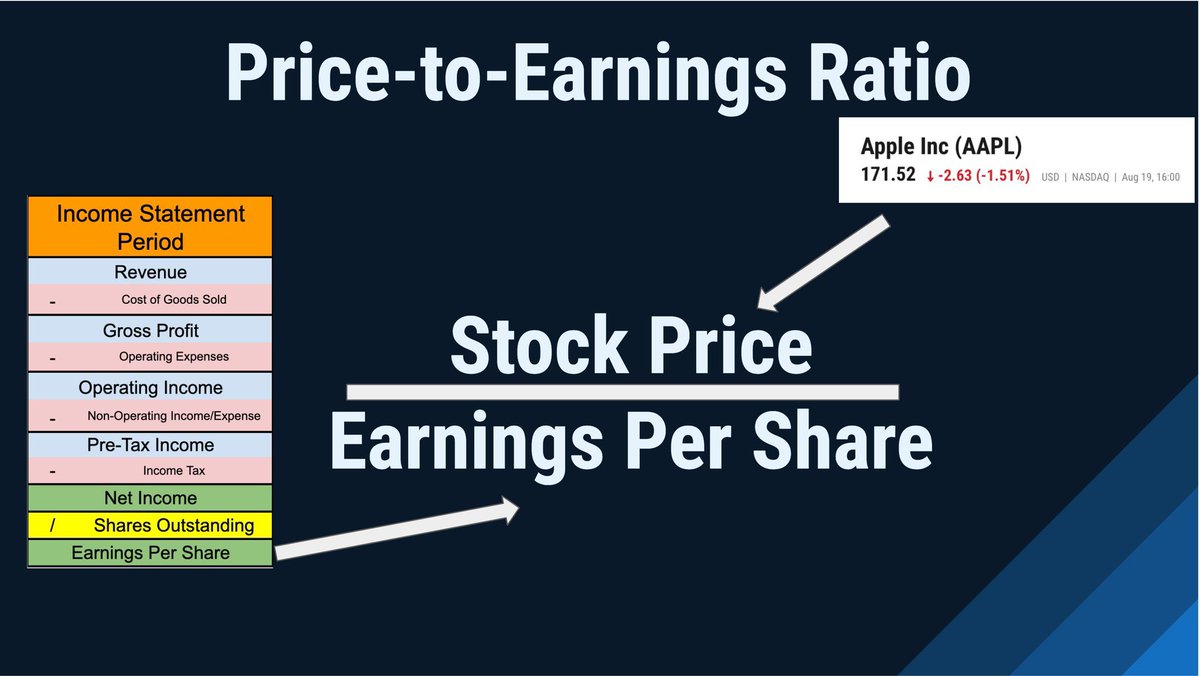
Credit Suisse’ CDS (Credit Default Swaps) have soared.
„CDS“ are used as insurance against bankruptcy of an entity.
The price of #CS CDS jumped because there is a rumor in the market that #CS may be go belly up.
„CDS“ are used as insurance against bankruptcy of an entity.
The price of #CS CDS jumped because there is a rumor in the market that #CS may be go belly up.

First of all, it must be stated that $CS is a systematically important bank, which DOESN’Tmean that the Swiss government will bail it out, but more, that the Bank must comply with high and strict liquidity requirements.
sif.admin.ch/sif/en/home/fi…
sif.admin.ch/sif/en/home/fi…
Credit Suisse's CET1 capital ratio (the main capital buffer for banks) was 13.5% in June. The international regulatory minimum rate is 8%, while the Swiss authorities require a higher figure of around 10%. From this perspective, Credit Suisse is doing well.
However, $CS's investment banking arm has been plagued by several scandals that are threatening earnings. This is significant given that the investment bank accounts for a third of the bank's revenues.
Let‘s compare CS with UBS latest numbers
CS:
760 Billion assets
713 Billion debts
168 Billion cash
Debt to Equity: 3.88
Current ratio: 5.6
CET1: 13.5%
UBS:
1,113 Trillion assets
1,056 Trillion debts
195 Billion cash
Debt to Equity: 3.45
Current ratio: 3.1
CET1: 14.2%
CS:
760 Billion assets
713 Billion debts
168 Billion cash
Debt to Equity: 3.88
Current ratio: 5.6
CET1: 13.5%
UBS:
1,113 Trillion assets
1,056 Trillion debts
195 Billion cash
Debt to Equity: 3.45
Current ratio: 3.1
CET1: 14.2%
Credit Suisse has recently passed a US Stress Test on Banks. Although the article states that $CS has the lowest CET1 ratio from all tested US Banks. CET1 ratio is the core capital of a Bank and reflects its solidity against risk-weighted assets.
finews.com/news/english-n…
finews.com/news/english-n…
$CS is looking into raising capital to replenish financial buffers (specially CET1 raio) that where weakend by last year‘s losses. reuters.com/business/finan…
Another alternative would be to divest units such as asset management or restructure its investment banking arm.
swissinfo.ch/eng/business/c…
swissinfo.ch/eng/business/c…
CONCLUSION:
$CS capital situation looks far from a default but the Bank is working on improving its financial situation and reputation.
On 27 October $CS will unveil its strategy in the shareholder meeting. However, market rumours may force $CS to anticipate some of its plans.
$CS capital situation looks far from a default but the Bank is working on improving its financial situation and reputation.
On 27 October $CS will unveil its strategy in the shareholder meeting. However, market rumours may force $CS to anticipate some of its plans.
BTW: Important to know about COCO Bonds of $CS. The trigger of these bonds is usually 7%. As far as the CET1 ratio (13.5% at the moment) doesn’t fall below the trigger, there shouldn‘t be any problems for these type of bonds, eventhough the bond price can be very volatile.
• • •
Missing some Tweet in this thread? You can try to
force a refresh










